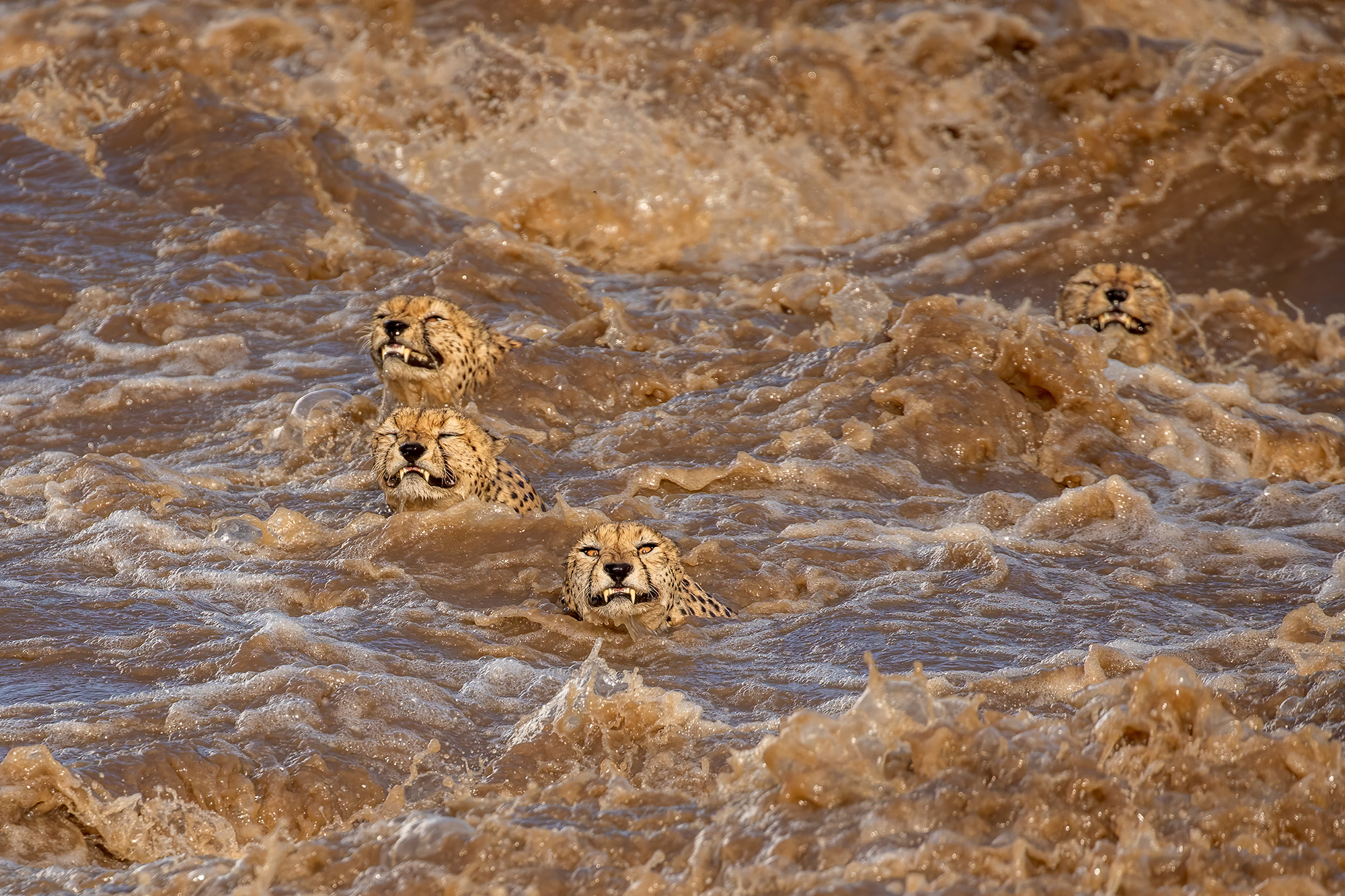
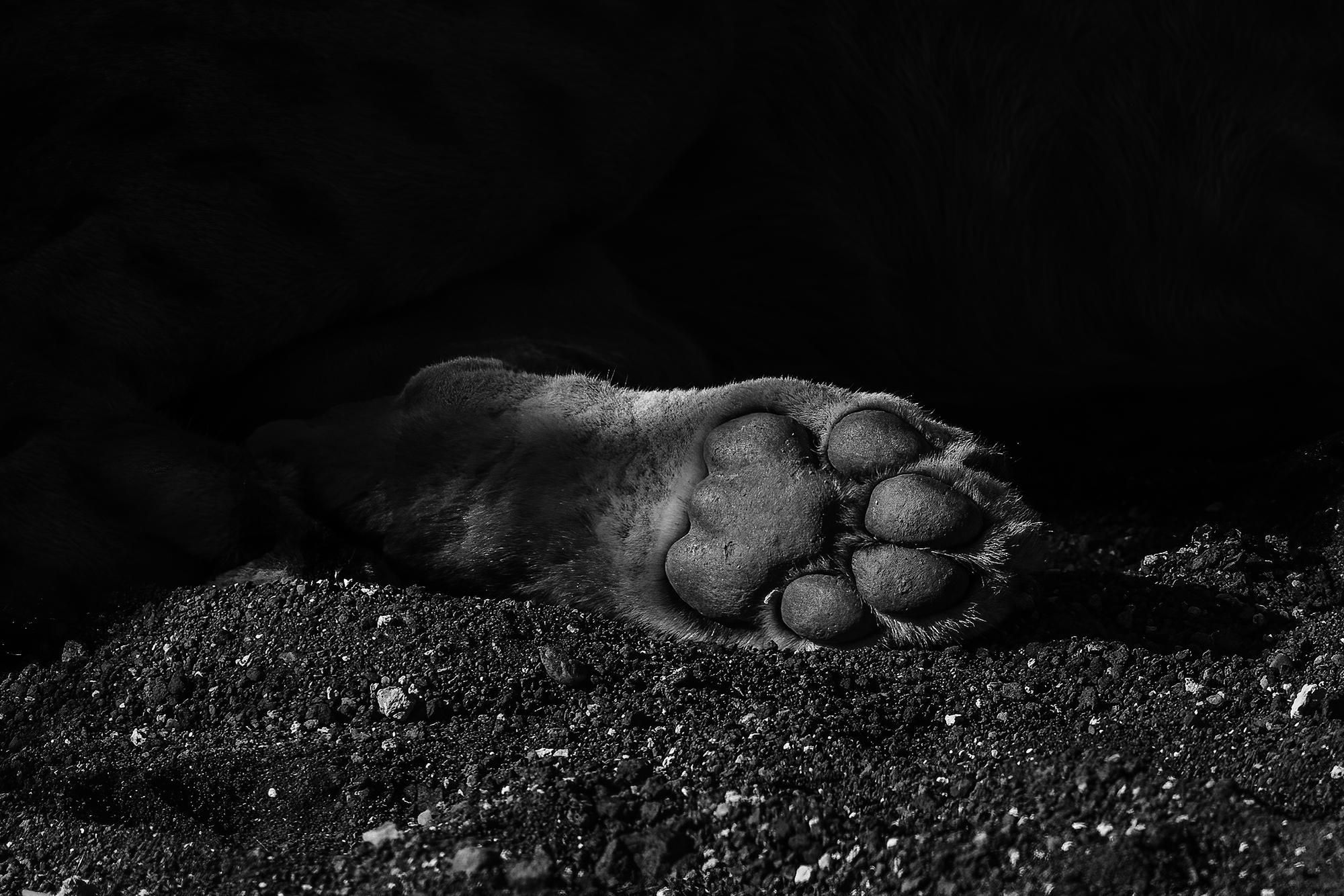
What inspired you to start photography?
My love affair with wildlife began when I was a toddler and was the greatest gift that my dad gave to me. I have been visiting national parks in Sri Lanka with my dad since I could walk, and photography seemed a natural extension of my love of nature.
What inspires you as a photographer?
Photography is a natural extension of my love of nature. Being among wildlife gives me a unique perspective and appreciation for the lives of these animals. Their trials and tribulations, their struggle for survival encourages me to share their stories and inspire others to join in the efforts to conserve these gorgeous species for future generations. Some will be encouraged to travel and experience these places. Others will want these places and animals conserved to maintain biodiversity and for future generations to appreciate.
Could you please give us a brief summary of your life and how you arrived at this point?
I was born in Colombo, Sri Lanka and lived there most of my life. I used to travel to national parks in Sri Lanka quite often with my dad when I was growing up. As such, the love of nature was instilled in me from small days. About ten years ago, I took up photography when I returned to Sri Lanka after completing my MBA in the USA (Philadelphia) where I lived for two years. I moved to Australia, nine years ago and currently live in Sydney with my husband and three dogs. Over the past ten years I have traveled the world to photograph wildlife and get involved in conservation efforts.
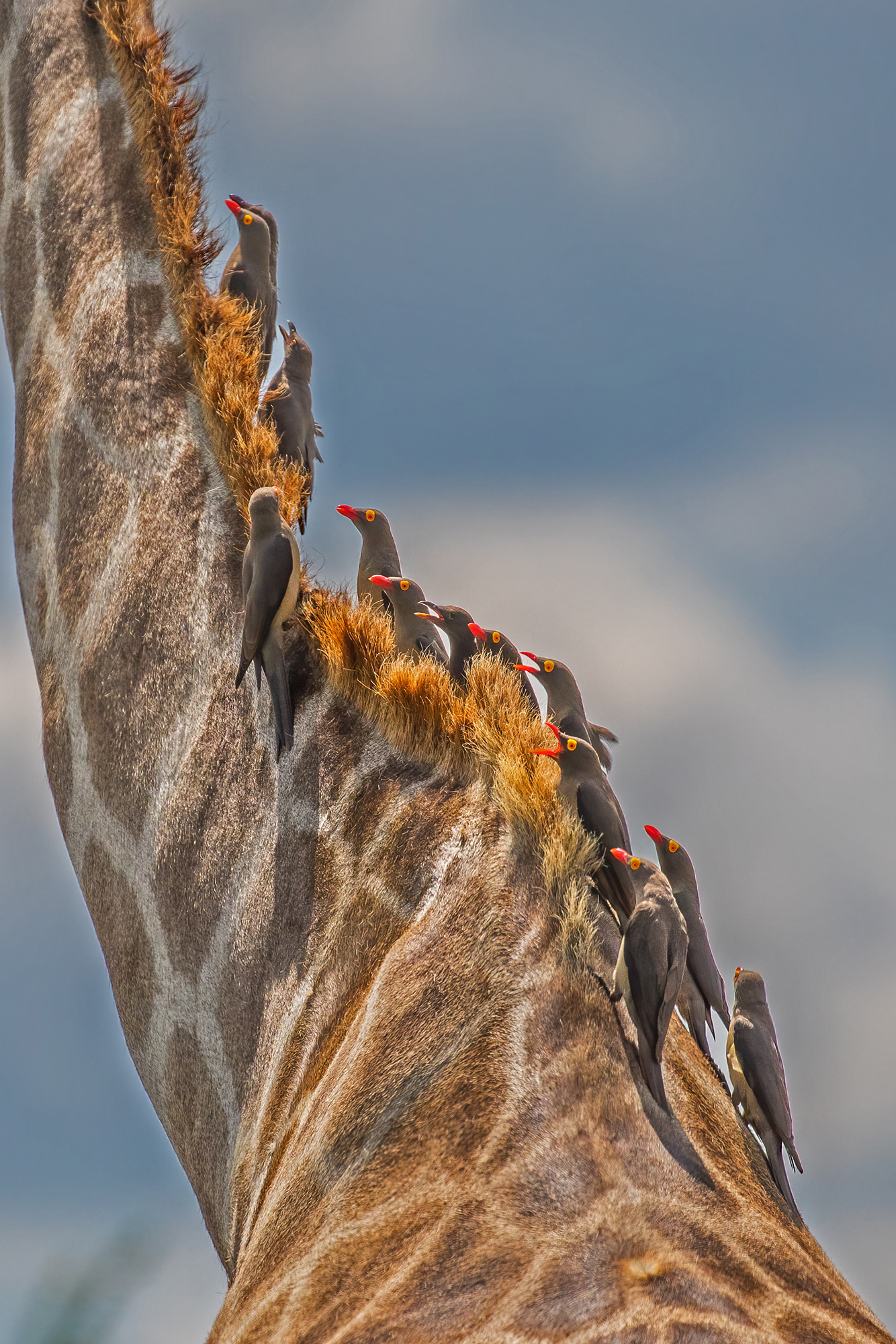
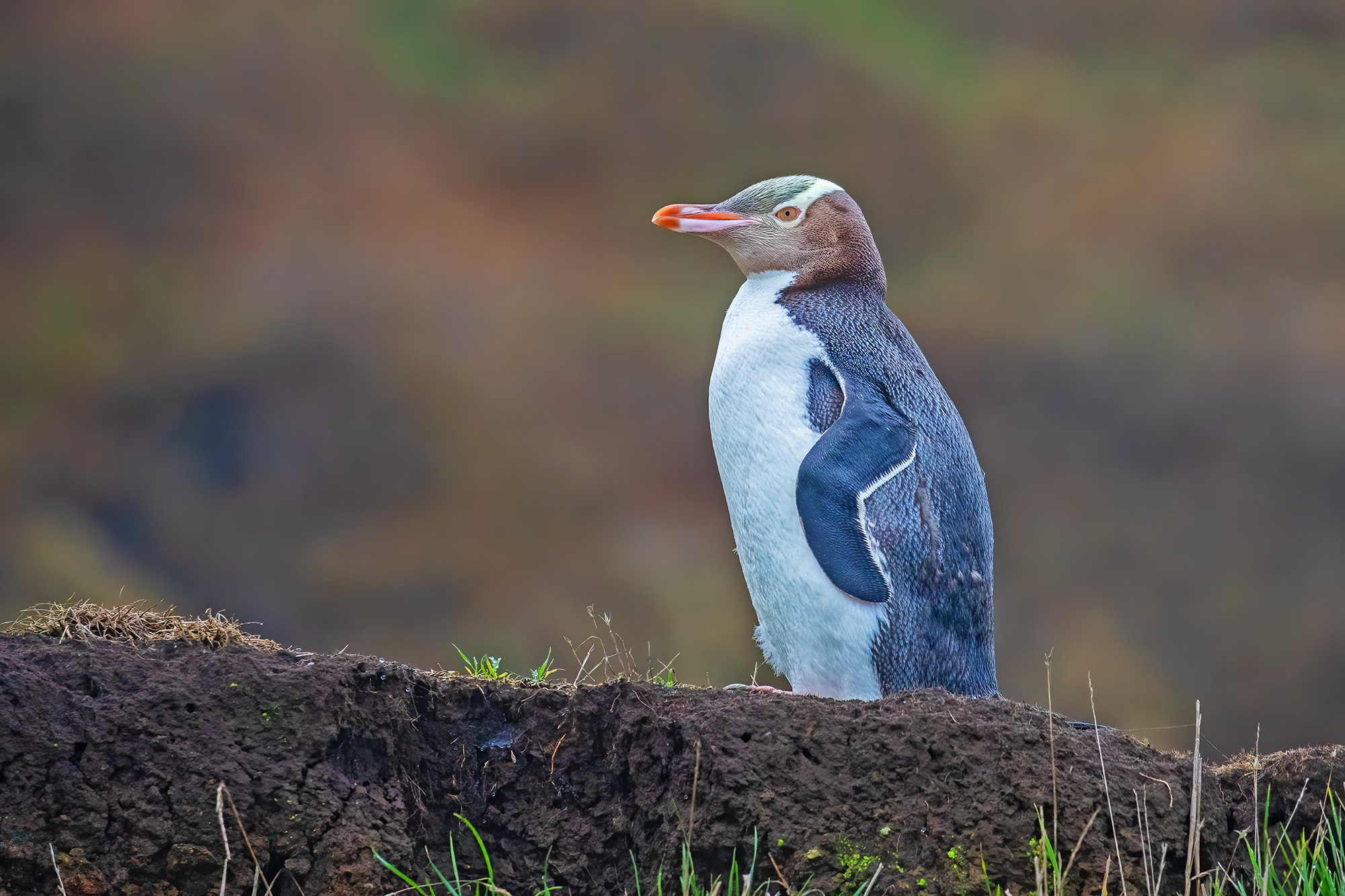
What are your thoughts on developing a unique aesthetic in wildlife photography?
It can often be difficult to develop a photography style that stands out from the crowd. A style that shows the animal in a different and unique perspective. However, with time and experimentation this is possible. Some opt for more artistic images, while others like documentary style images. I try to show emotion so that people who view the images are transported to that time and place.
Although women have made strides in the field, men continue to dominate leadership positions. Can you tell me a little bit about the pros and cons (if any) of being a woman in this field?
Wildlife photography continues to be dominated by men. While women are making strides, it is by no means balanced. This imbalance is caused by many reasons: it is often not safe to be a woman alone in an isolated location, women are often the primary caregivers and as such going into the field for days and weeks isn’t sometimes possible, women are perceived to be the fairer (translation: weaker) sex, women don’t have many mentors or roles models because it has always been a male dominated field. However, women are important in the field of wildlife photography. They bring a different and unique perspective; they bring more emotion and empathy. Their work can be moving, thought provoking and vital for conservation efforts.
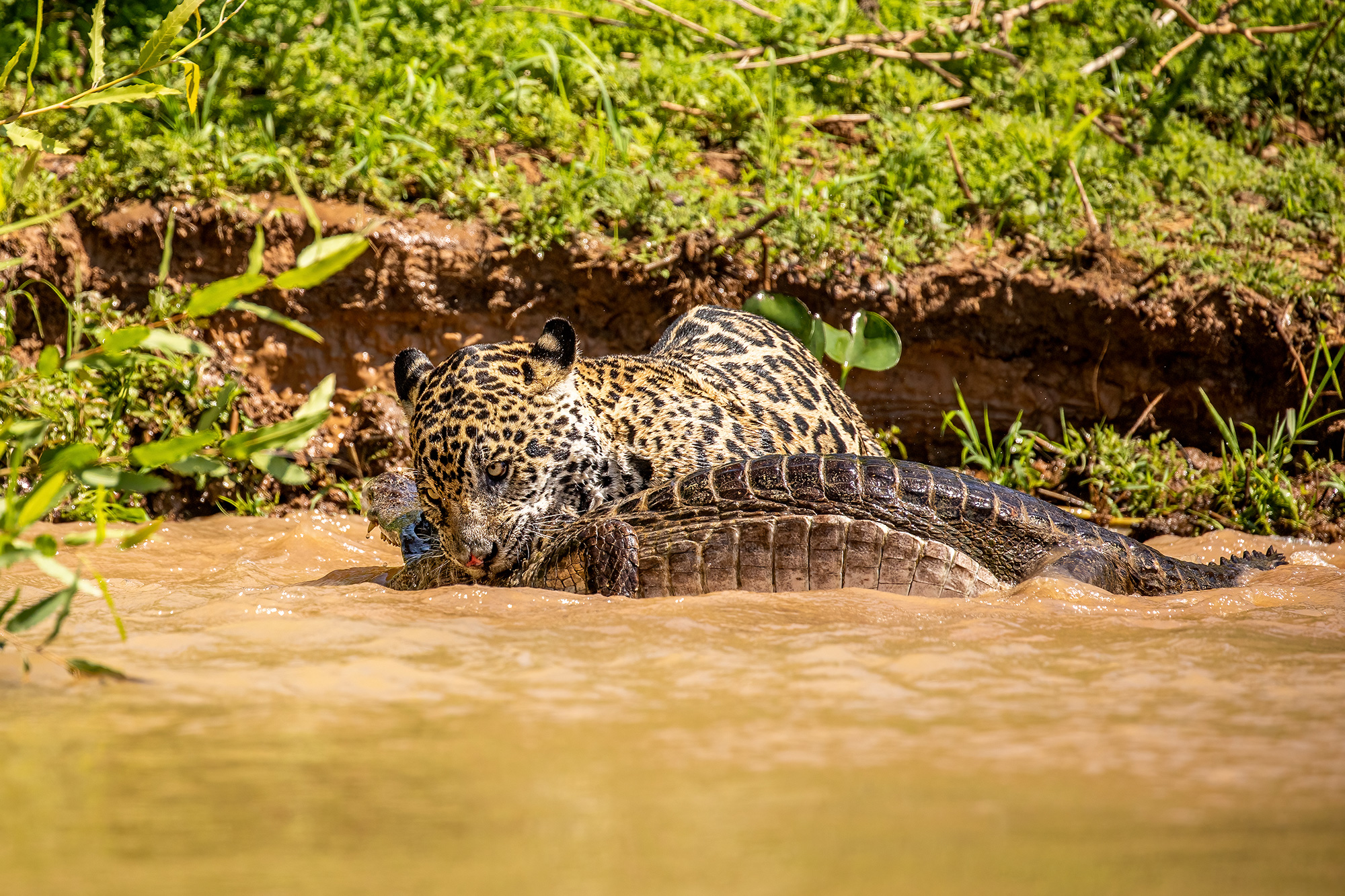
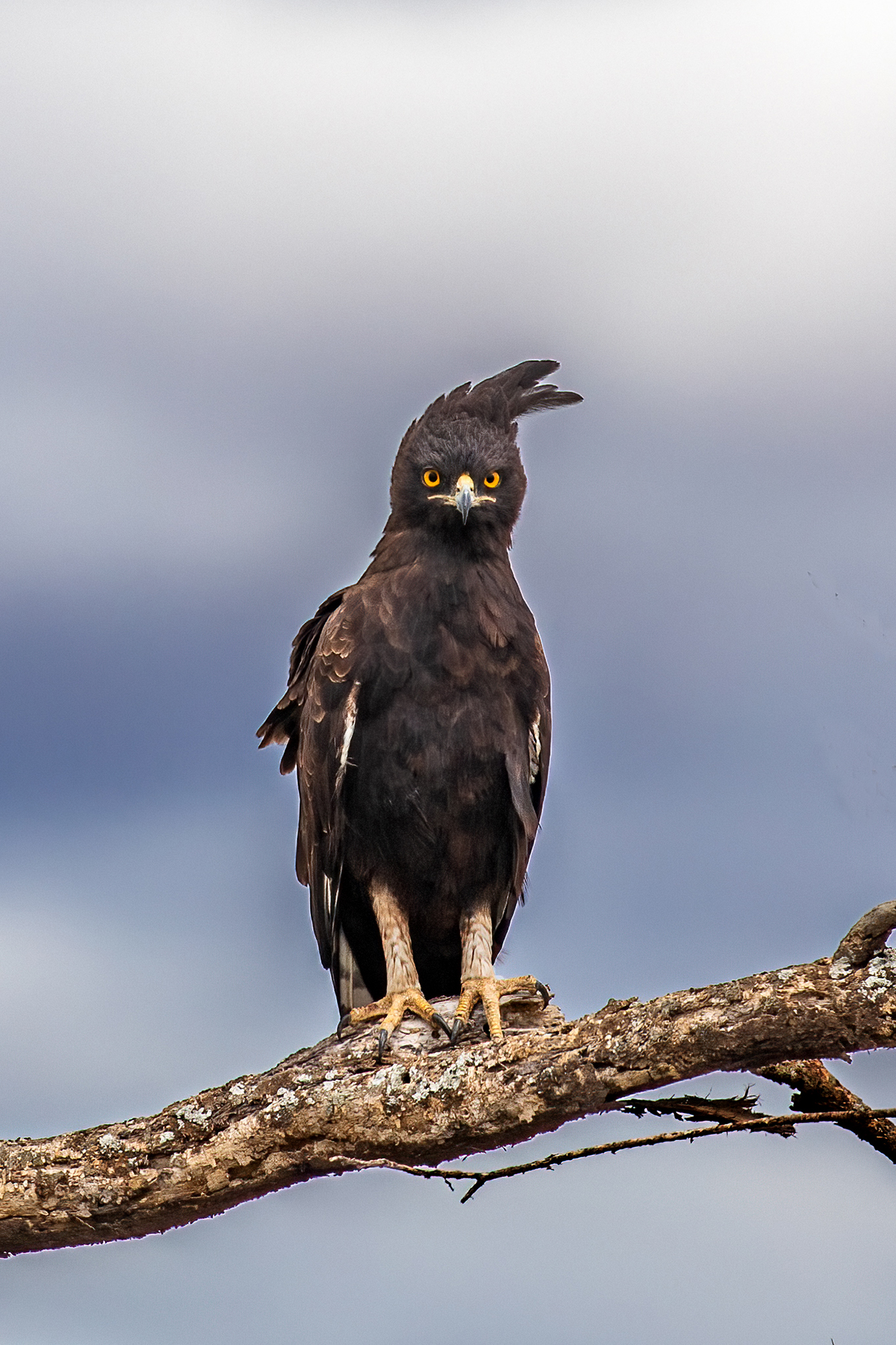
When you think about your job, what do you appreciate most about it? Where do you run into the greatest trouble?
I’m an investment banker by profession though wildlife photography and conservation are my true passion. I appreciate that I have the flexibility to travel and do what I love the most, though that does mean working even harder and longer when I’m not on holiday.
In 2021, your image “The great swim” got recognized in the Natural History Museum’s Wildlife Photographer of the Year (WPY) Award in the Animal Behavior category. How does this influence you as a photographer?
It has made me even more motivated to use my photography as a tool for conservation. In my opinion, this image highlights the additional threats faced by animals due to factors such as human induced climate change. Climate change and global warming continue to be major threats to animals and their habitats, especially if left unchecked. Dangerous weather events are unfortunately becoming more prevalent and animals are facing new challenges for survival because of this.
This can be seen across the world and in fact we have witnessed this first hand on many of our travels. This image has become a poster child for human induced climate change and acts as a timely reminder of this.
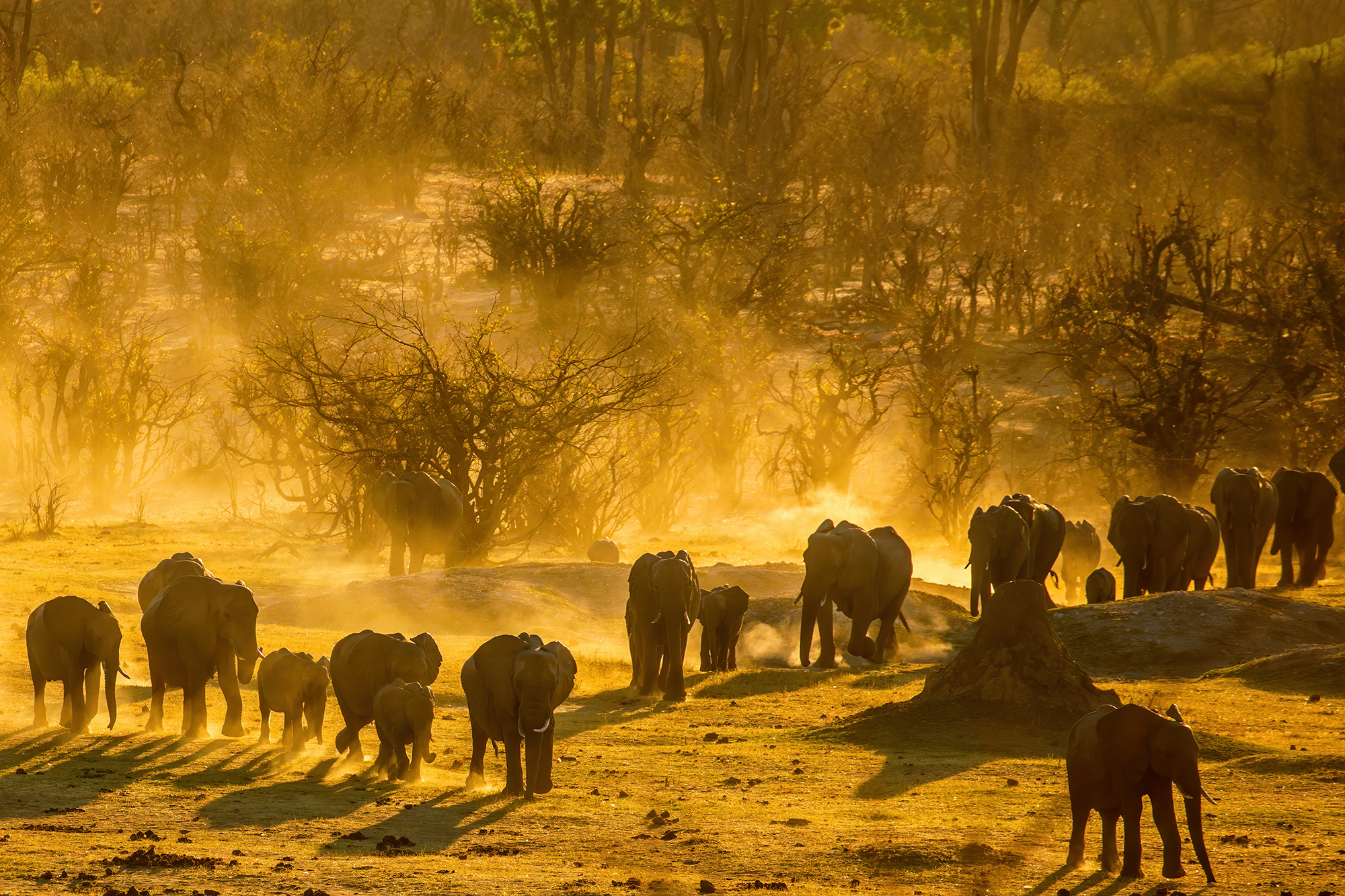
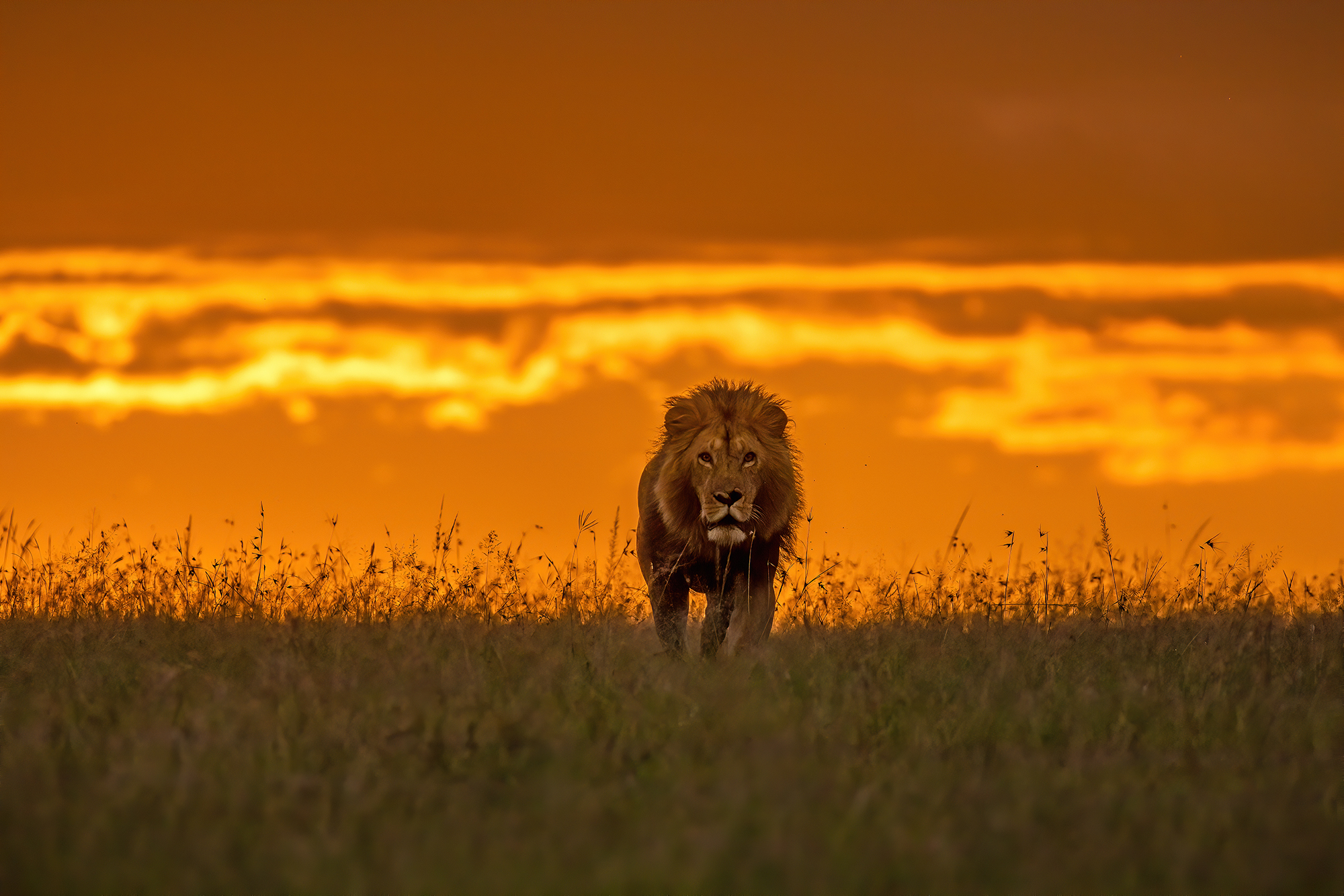
Is there any particular animal you’ve always wanted to photograph, and if so, why?
Emperor penguins. Emperor penguins are the ultimate giants in the penguin world and I find it fascinating that they are able to survive in one of the harshest lands in the world – Antarctica. Getting to one of their colonies is quite an adventure and one I’m looking forward to undertaking in the next few years.
What’s your opinion about the role of a wildlife photographer in conservation?
I think wildlife photographers play a very important role in conservation. In this day and age, we who like to dabble in wildlife photography are incredibly lucky. Photo equipment is more affordable. We have numerous ways to observe and photograph species that we never thought we would ever be able to see in their natural habitat. However, with these opportunities comes great responsibilities. These responsibilities are even more vital in a world where we continue to lose precious habitats and biodiversity to human activities on a daily basis. In such an environment, we photographers have the responsibility of not only bringing the plight of these animals to the attention of the world but also ensuring that our activities don’t add to the problem. Putting the wellbeing of the animals we are photographing should in my opinion be every photographer’s primary goal.
Wildlife photography has the power to showcase the beauty and wonder of nature and encourage people to do what is necessary to preserve it for future generations. We have the power to give a voice to those that can’t advocate for their survival. We have a very powerful tool at our fingertips. We need to use it wisely and for the betterment of the animals we are photographing and not just to get likes and recognition on social media. We need to first be wildlife lovers and conservationists and wildlife photographers second.
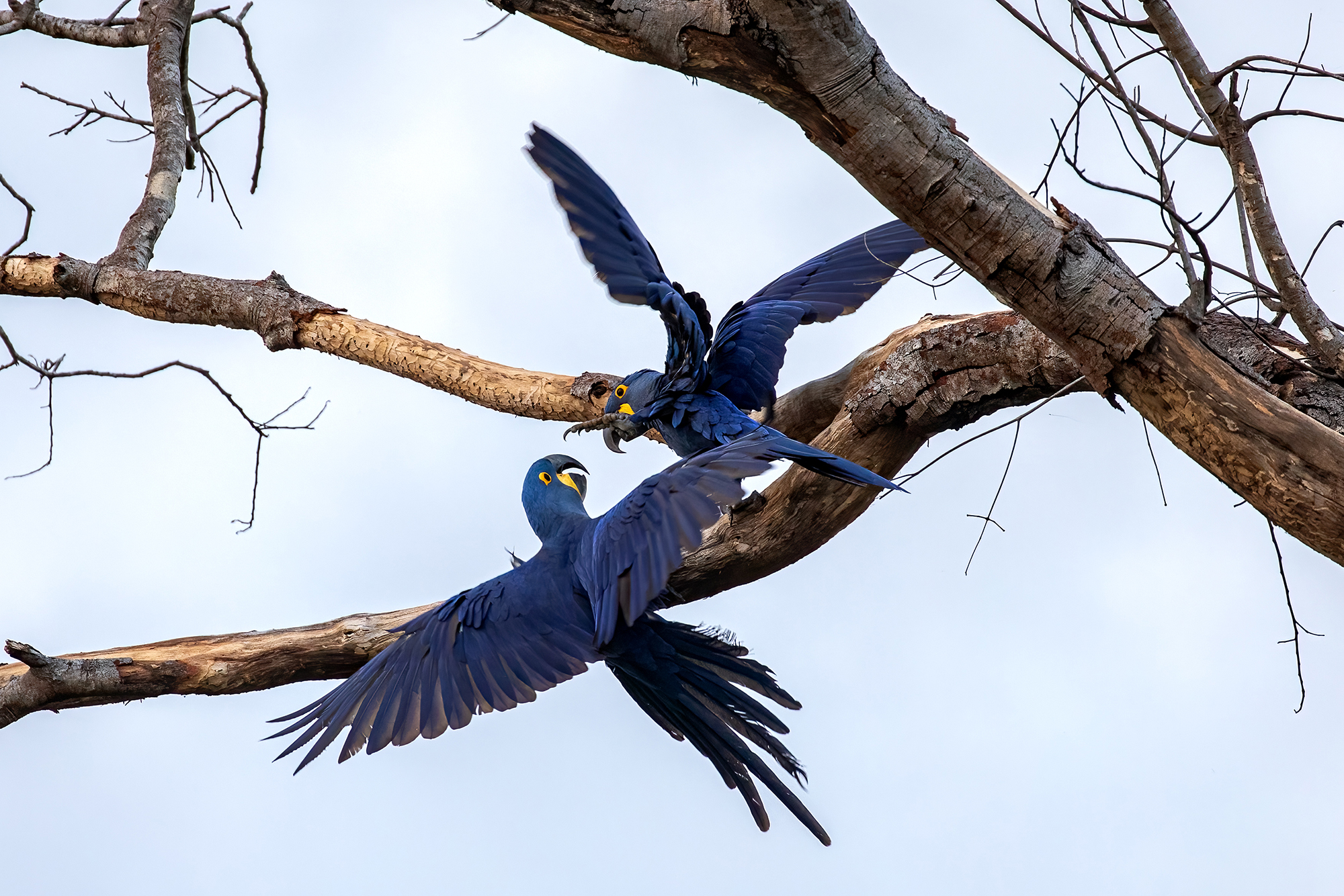
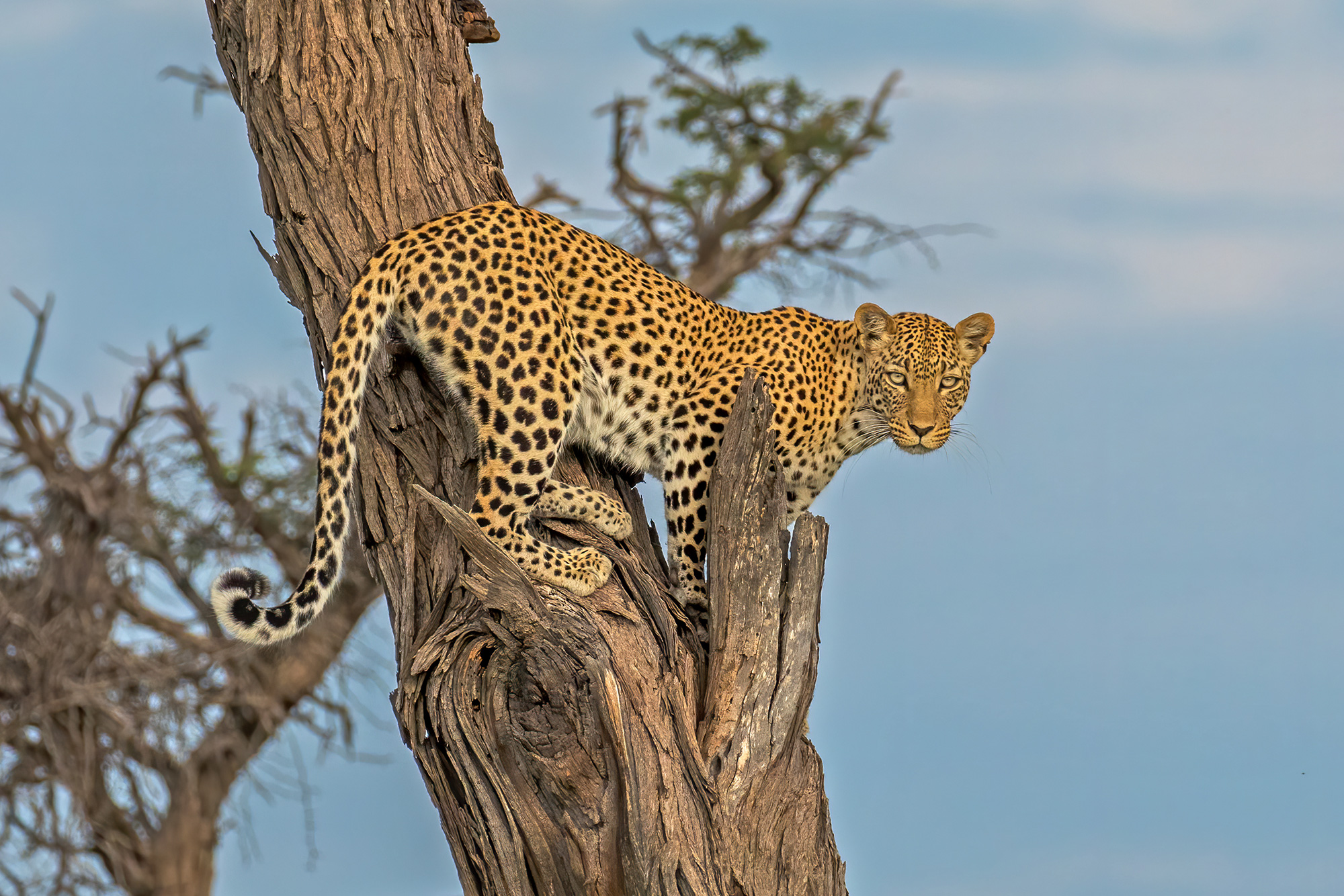
With your photographs, what are you hoping to communicate?
Photography is a medium through which I can show others my love, understanding and appreciation of the beauty, complexity and sheer wonder of the natural world that surrounds us. Wildlife photography is thrilling, enticing and sometimes even humbling. Watching a 40-tonne humpback whale jump straight out of the water makes you realise how small and insignificant you are in the grand scheme of things. Looking into the eyes of a silverback (gorilla) touches your very soul. Feeling your jeep vibrate with the roar of a lion fills with you awe.
I want to transmit these emotions through my images so that people get to experience things they may not see or witness themselves. I believe that this will encourage and inspire others to care about their preservation and conserve them for future generations to enjoy as well.
In your experience, what’s the most useful piece of guidance you’ve received in the field of photography?
Patience is not a virtue; it is an absolute necessity in wildlife photography. This is a mantra I live by and time after time this has proved to be true. Most people who know me find it amusing that I can sit with an animal for 8 hours waiting for it to do something interesting, as I’m usually quite impatient in my day-to-day life.
Do you look up to anyone in photography?
I grew up watching Jonathan and Angela Scott’s Big Cat Diary as well as David Attenborough’s documentaries. They inspired me to want to visit Africa and see the places and the animals in these series with my own eyes. In the photography world, I love the work of Fedrico Veronesi, David Yarrow, Jeffrey Wu, Yaron Schmid and Steve Winter.
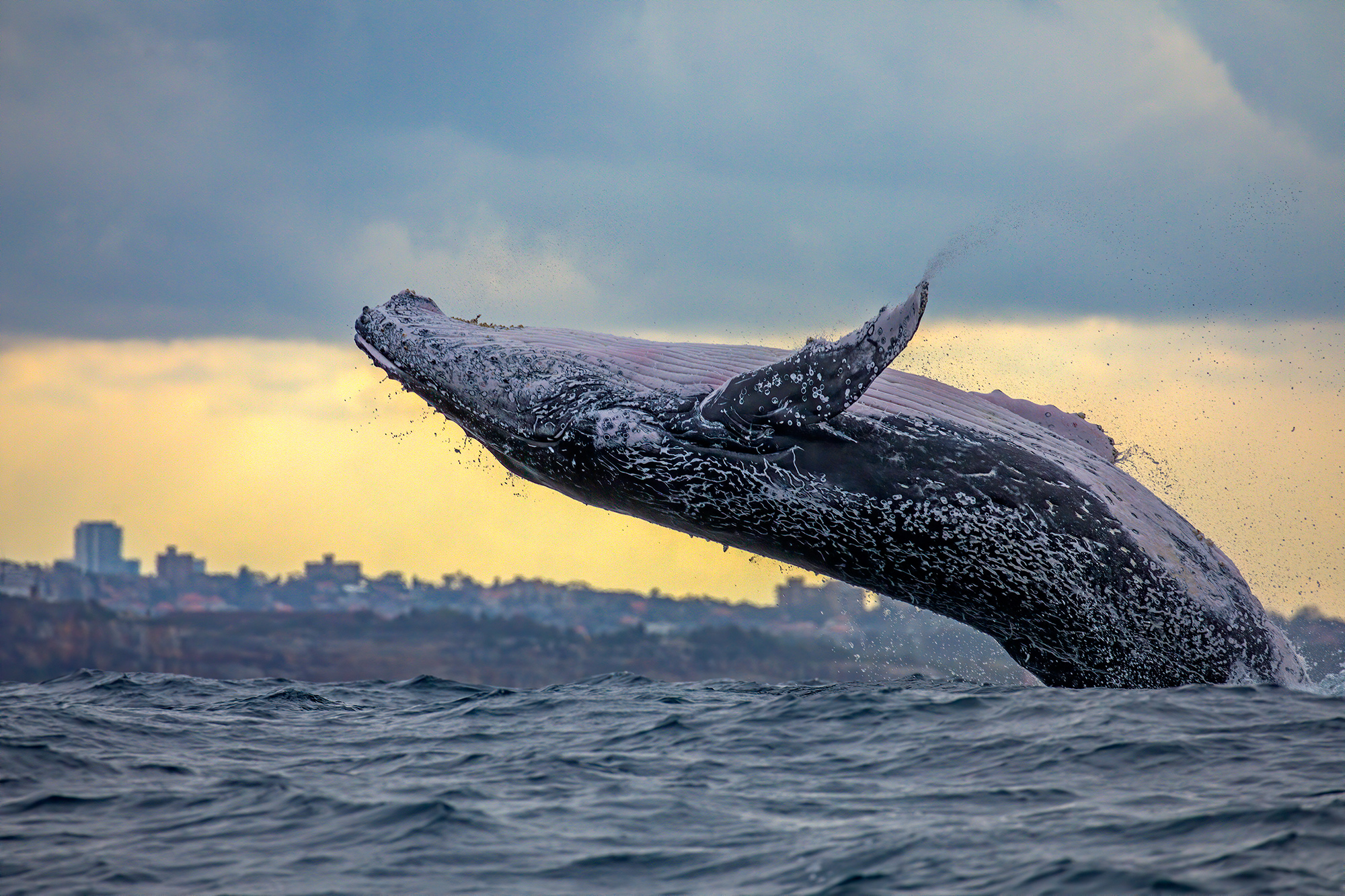
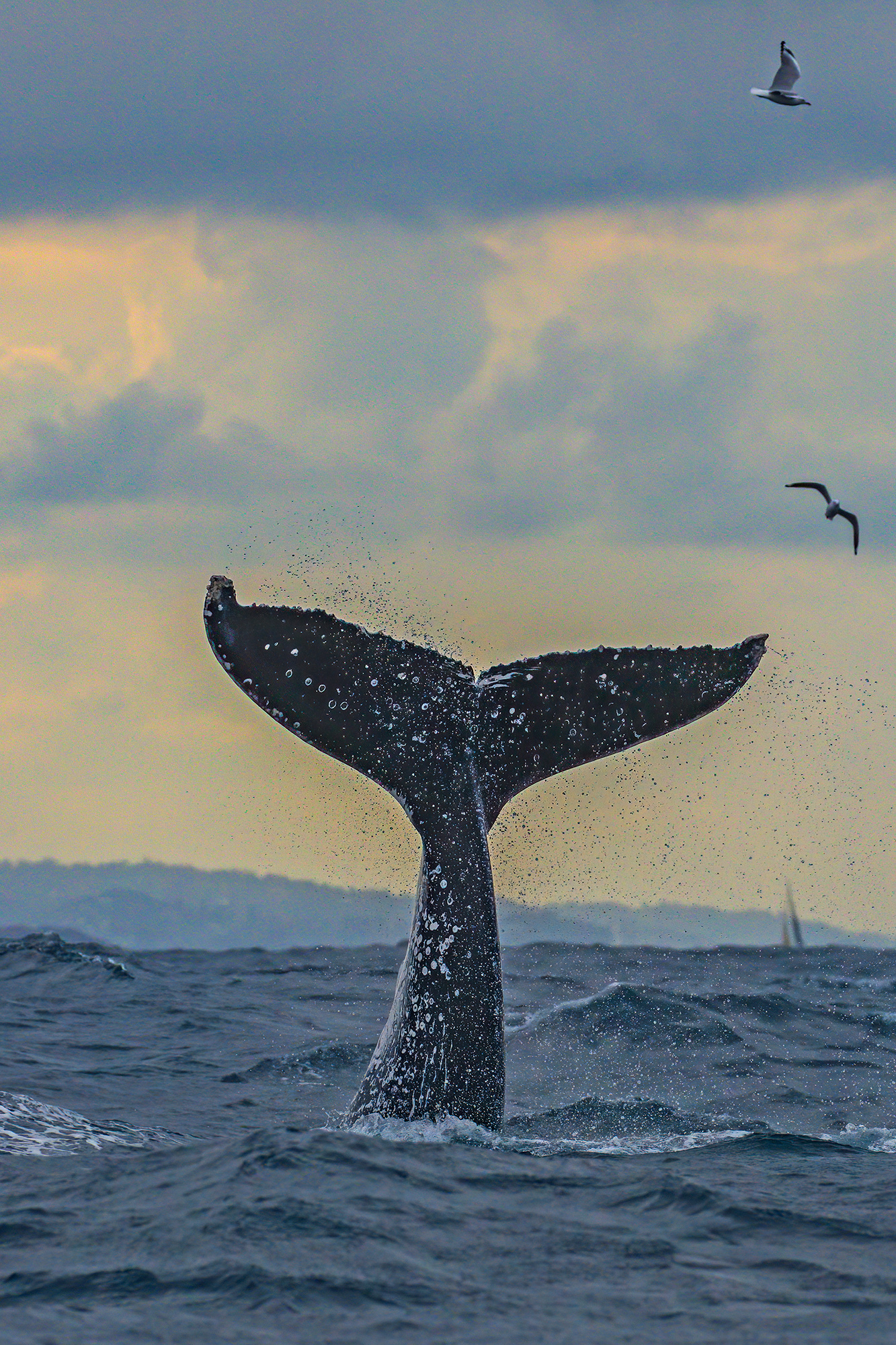
When preparing for a field trip, what’s your go-to camera bag kit?
My favourite combo to date is the Canon 5D Mark IV coupled with the Canon 100- 400mm f4.5-5.6L IS II lens. I will also carry my Canon 70-200 f2.8L IS II lens which is great for low light photography. I will also have a wider lens (usually my Canon 24-70mm) for landscape type shots.
Overall, I have preferred smaller lenses that can be hand-held for quick movements when needed. I have also started experimenting with a mirrorless camera.
What would you say to young girls who want to get into wildlife photography?
Being a woman pursuing wildlife photography as a hobby or a profession isn’t easy, especially in less developed nations, where women’s roles are still believed to be at home looking after the children. When you buck society’s expectations and diverge from the path that society expects you to follow you can get a lot of ridicule and criticism. Breaking the glass ceiling be it in wildlife photography or anything else you decide to pursue isn’t easy. It can get lonely, disheartening, frustrating and at times downright demeaning.
But my message to women and girls out there is that you can do it. Many women have done it and continue to do it. Don’t ever let anyone tell you that you’re not good enough; that you shouldn’t do something because you’re a woman; or that your role is in the house. Remember that you have the power to choose, to decide.
I would also like to say to all the men out there, you play an extremely important part in enabling and promoting equality. You are all sons, fathers, brothers and husbands. You have the power to change perception, to encourage and help the women in your life to be the best they can be in whatever they want to be.
Finally, what are your future projects or goals?
I want to continue to travel and photograph unique animals in their habitat. I just returned from Brazil where hubby and I spent two weeks in the Pantanal wetlands photographing jaguars, which was an unbelievable adventure. Next year, we will be visiting Churchill in Canada in the hopes of photographing polar bears and cubs. We are also looking forward to visiting Antarctica in the near future. In between, I will go back to Africa when I can of course!
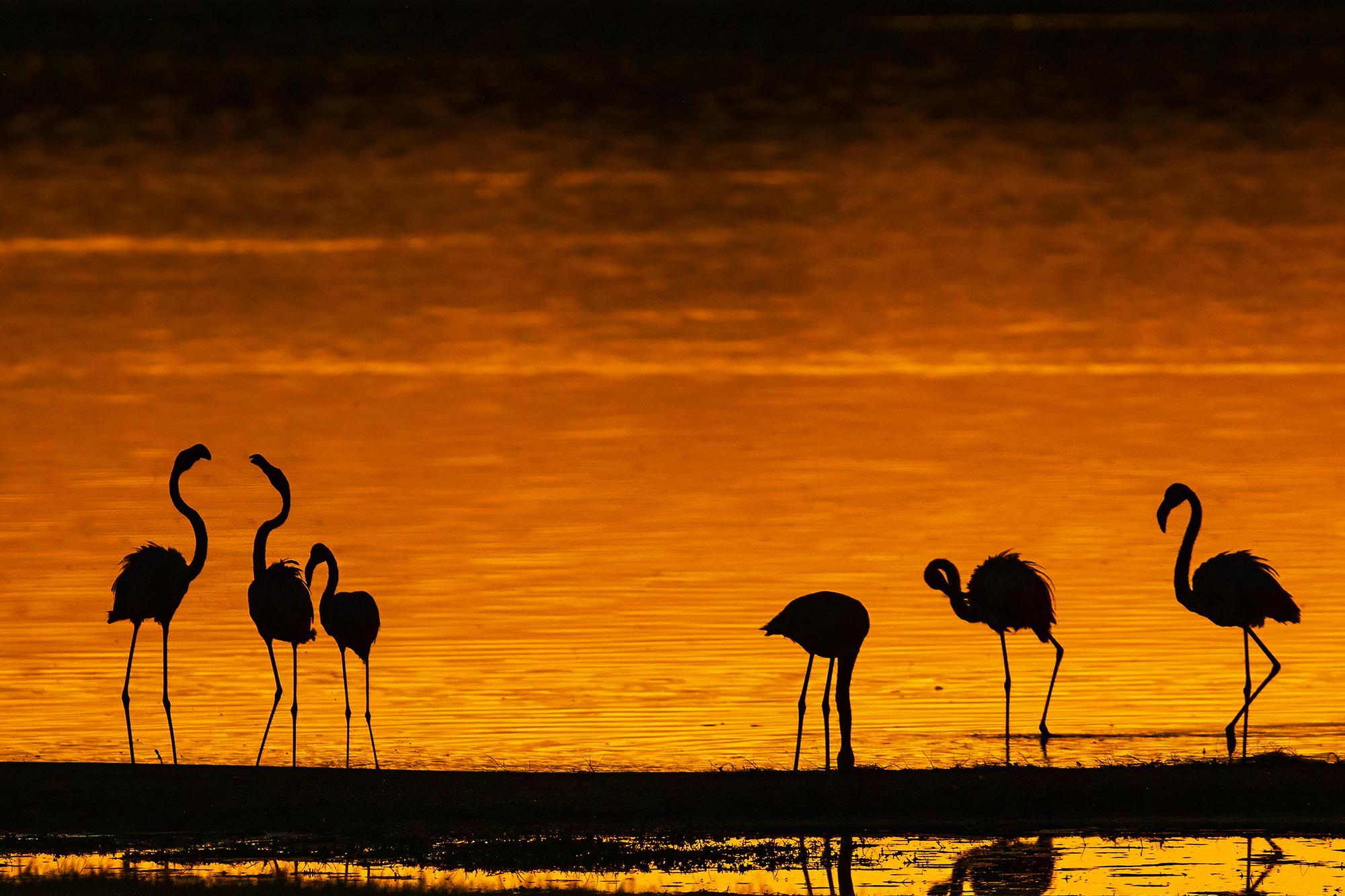
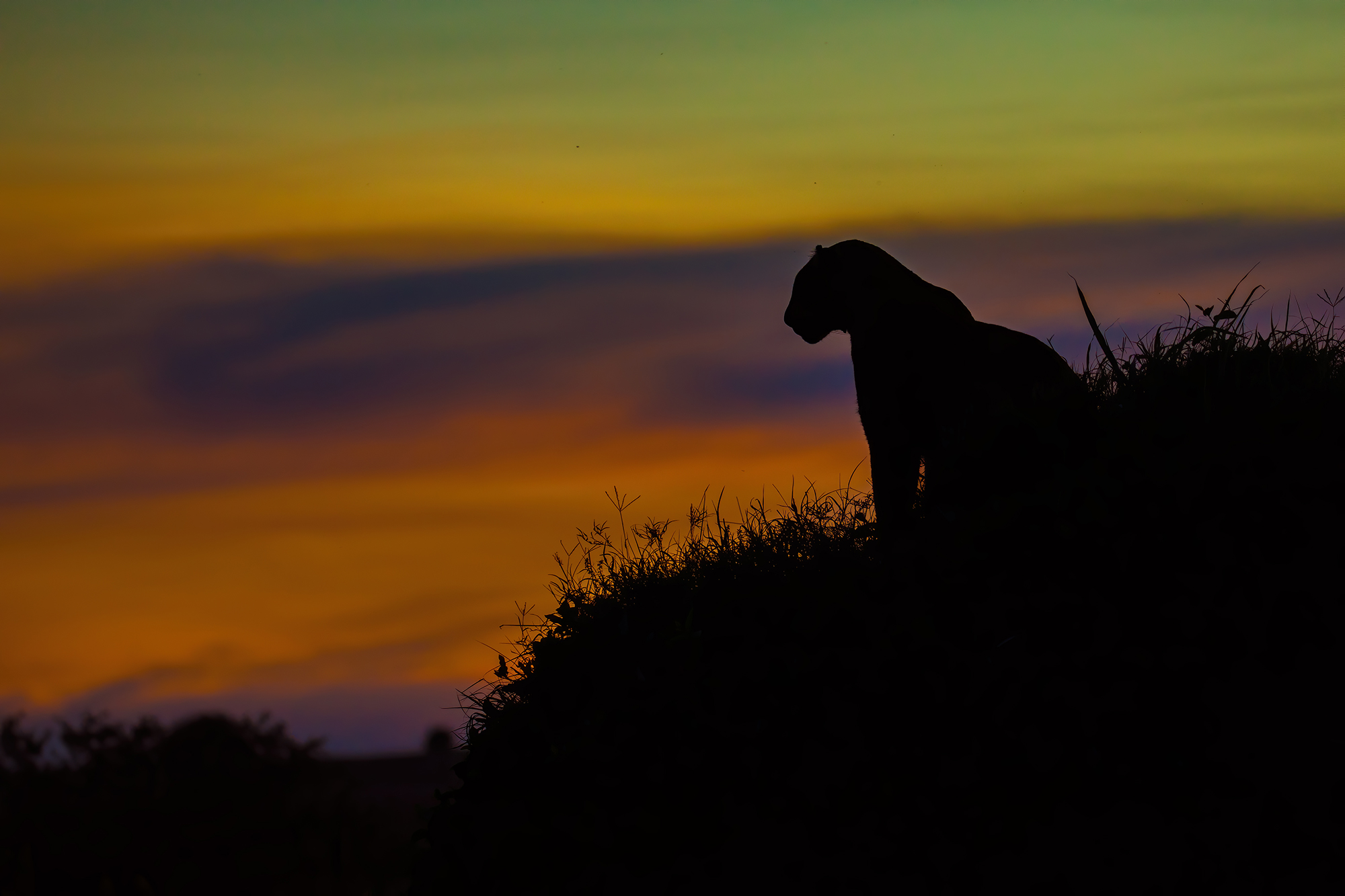
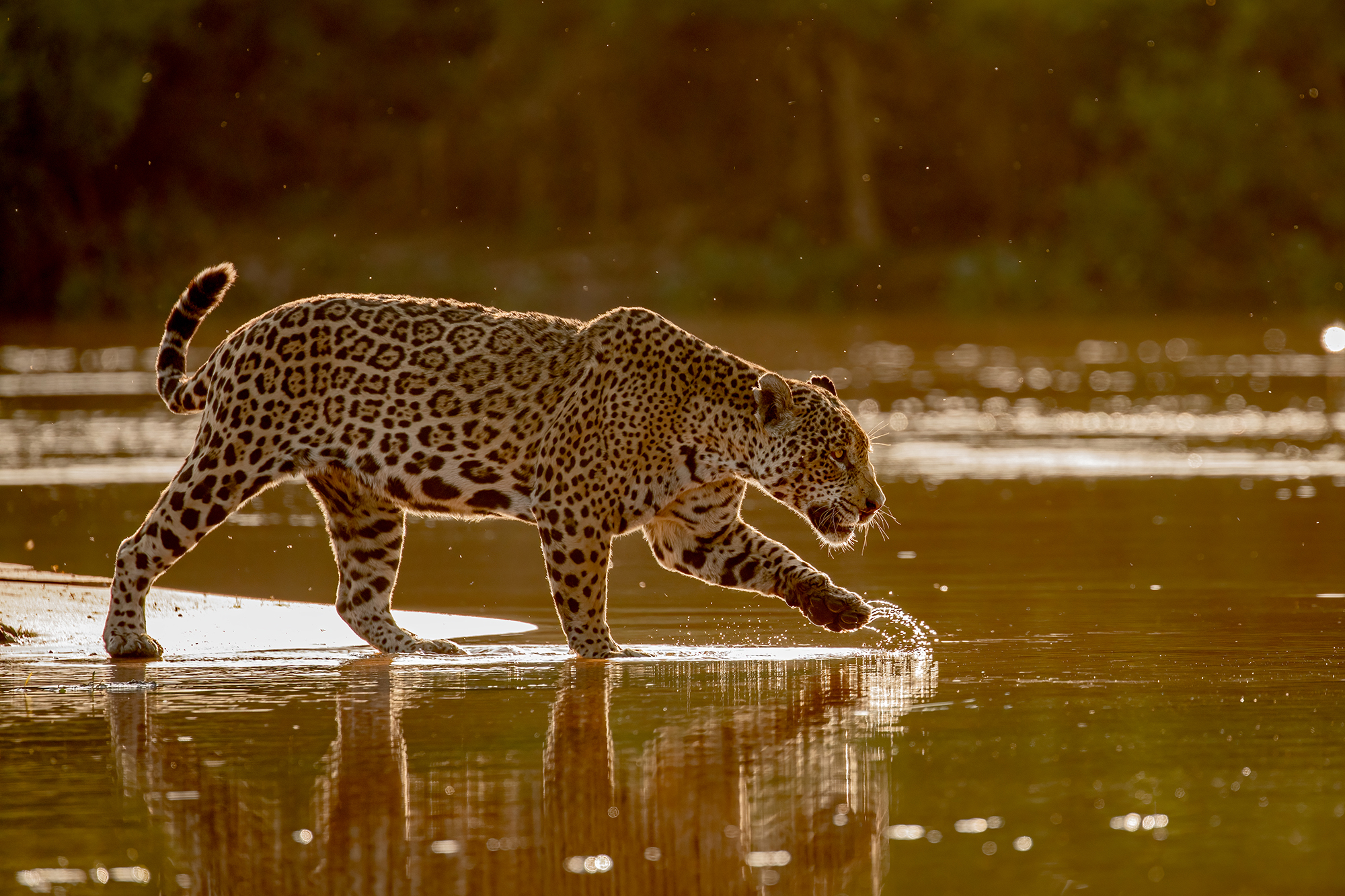
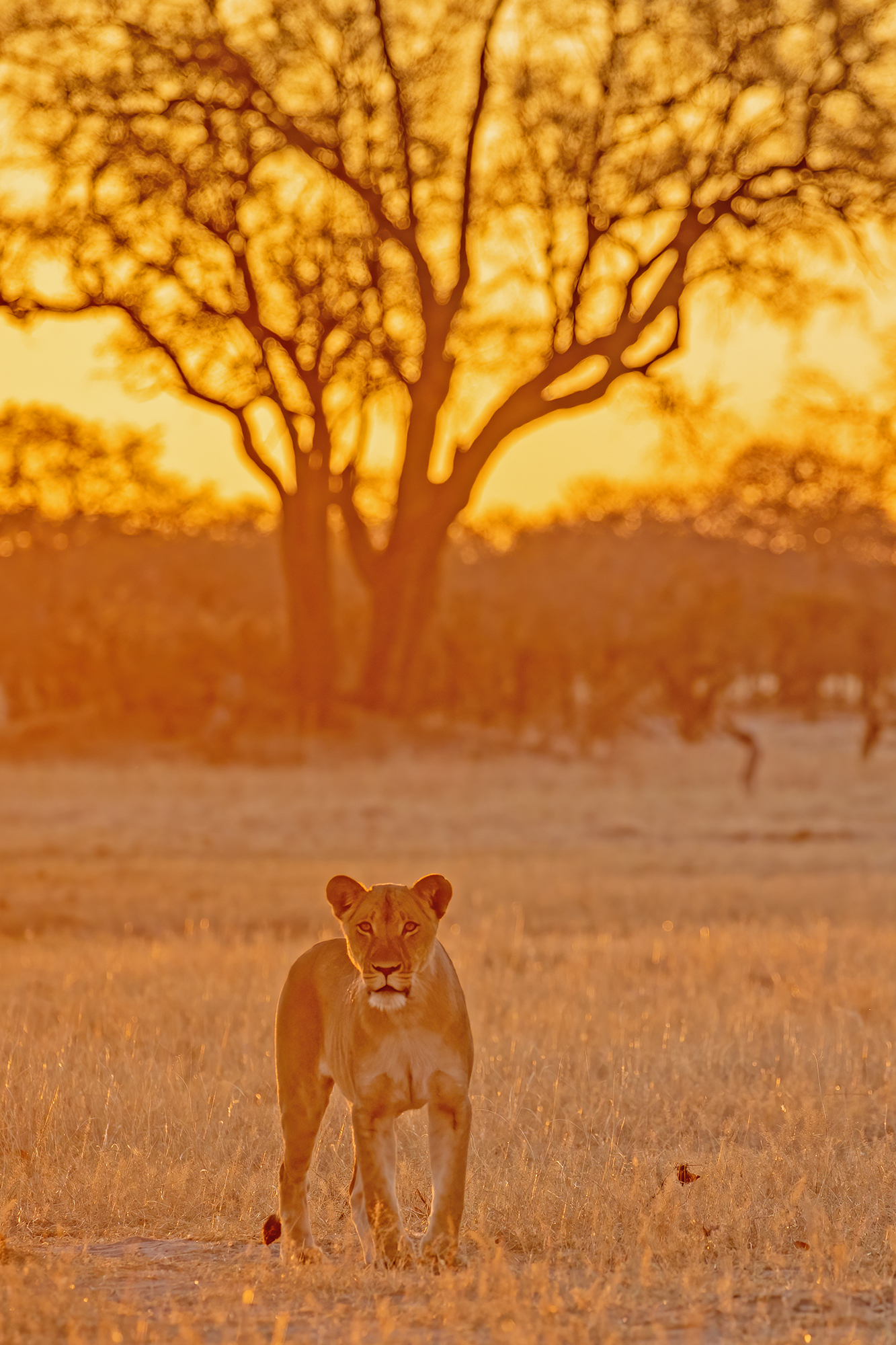
Buddhilini is an animal lover, photographer, travel enthusiast and an investment banker. In short, she is a ‘city’ dweller who’s always looking for an excuse to run to the jungle. Buddhilini’s love affair with wildlife began when she was a toddler and was the greatest gift that her dad gave to her. She has been...
By Mohammad Murad | Photos by Mohammad Murad
PT Explorers 15 Minutes read
ReadBy Dunya Rajasekara | Photos by Dunya Rajasekara
PT Explorers 5 Minutes read
ReadBy Abhijith Perambra | Photos by Abhijith Perambara
PT Explorers 5 Minutes read
ReadEmail: email@pawstrails.com